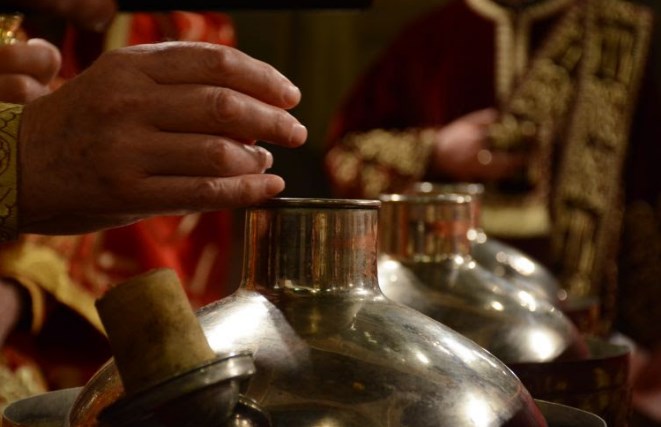The entire week leading up to Easter marks the passion of Christ, his suffering during his last week on Earth and before his ressurection. It is the culmination of events during Holy Week beginning with Palm Sunday. The coming Good Friday marks the crucifixion of Jesus, the sadest day in the Christian calendar. Finally, Easter Sunday celebrates the resurrection after his death, the day when he had proved his divine power and rose from the dead.
On Wednesday and Thursday priests speak to the faithful about the events leading up to the crucifiction – the Last Supper, Jesus’ announcement of a traitor among his followers and the one who will denounce him, and his lament in the garden of Gethsemane. Thursday is also the day of the holy communion, replicating the communion the apostles received from Jesus during the Last Supper. It’s also the day of the washing of the feet, which teaches the high priests and followers of Christ not to see elevation of themselves above all others. On Maundy Thursday priests also bless the oil and myrrh, used to protect the body from illnesses and to heal the sick. The strict Lent is also relaxed on Maundy Thursday, allowing the faithful to eat food prepared with oil and drink several glasses of wine.
Traditionally, Macedonian Christians begin painting the Easter eggs on Maundy Thursday morning. The red painted eggs mark the blood of Jesus, and his entombment after his death. At midnight, with the coming of Easter, the eggs are cracked to mark his victory over death.





Comments are closed for this post.